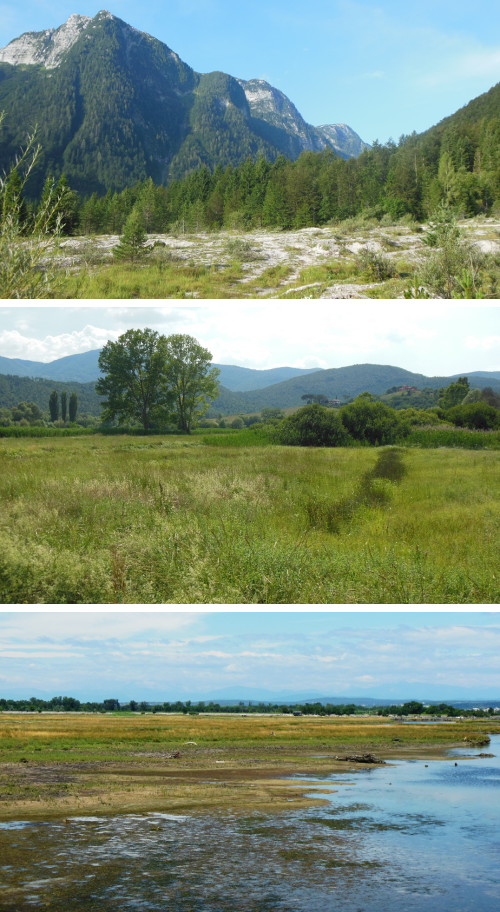Itinerary edited by UNIVERSITY OF TUSCIA 

Open space, in this context, refers to a natural area characterized by vegetation composed mainly of low plants with rare or extinct trees and shrubs. The open spaces represent a highly diverse type of environment, spanning the different climate zones: from the hilly grasslands of central Italy to the great prairies of North America, from the Alpine steppes to the garrigue and to the African savannah. The open spaces of our planet host a wide variety of insects that constitute a fundamental heritage, often scarcely known and considered, of biodiversity.

One can get an idea of the variety of this abundance also thanks to the university collections such as, for example, those of the Museum System of Tuscia: The Entomological Collection includes taxa belonging to the fundamental insect orders. The specimens come from various areas in the world, though a considerable nucleus of species was collected in Italy. Among the information offered by the Entomological Collection, what proves to be of particular importance is the data regarding the presence and distribution of various taxa in order that future changes in the distribution of single species or of entire sets of species can be easily identified and maybe linked to various issues, such as climate change (global warming) or human impact on the environment (agriculture, tourism, pollution, etc).
Among the species present in the collections, we find taxa that populate various types of environments. Certainly the open environments, in the broad sense, bear considerable importance, and among the species that frequent these spaces there are several to remember, for example those of the genus Erebia (Nymphalidae), diurnal butterflies whose coloration is brown variegated in red and with markings similar to ocelli; these live generally in mountain zones and are spread throughout North America and North-Central Eurasia. In particular we can mention Erebia montanus (de Prunner, 1798), a species endemic to the Alps and the Apennines where it lives on various Poaceae such as Nardus stricta, Festuca ovina, etc. Species that are widely prevalent in Italy include Maniola jurtina (L., 1758) (Nymphalidae), which frequents sunny environments and cultivated farmlands, from the level plain up to 1500 m, and Polyommatus coridon (Poda, 1761) (Lycaenidae), which lives in the grassy and flowered environments of the pastures. Among the Carabidae Beetles, there is the Calomera littoralis nemoralis (Olivier, 1790), a voracious predator common in the coastal areas, and the Cicindela hybrid transversalis Dejean in Latreille & Deejan, 1822, which lives on the sandy banks of rivers and streams, often together with Cylindera arenaria (Fuessly, 1775). Among the Cerambycidae, there is the Stenurella bifasciata (Müller, 1776), a species spread throughout all of Italy, whose adults are flower dwellers, while the larvae live on broadleaves.